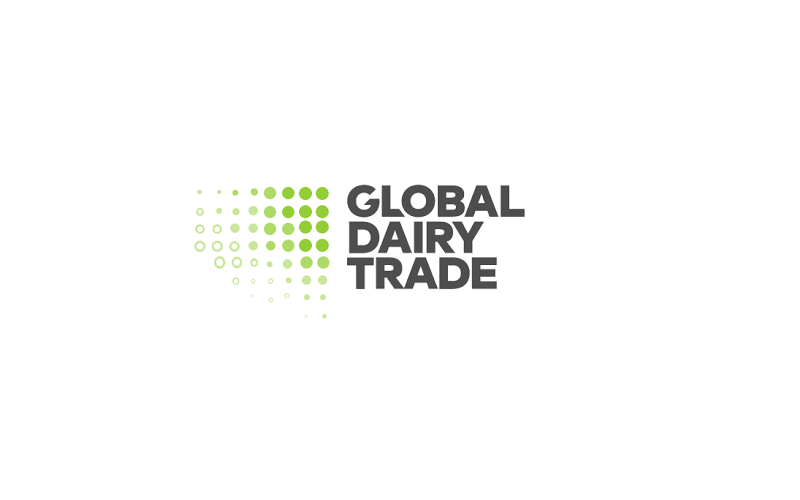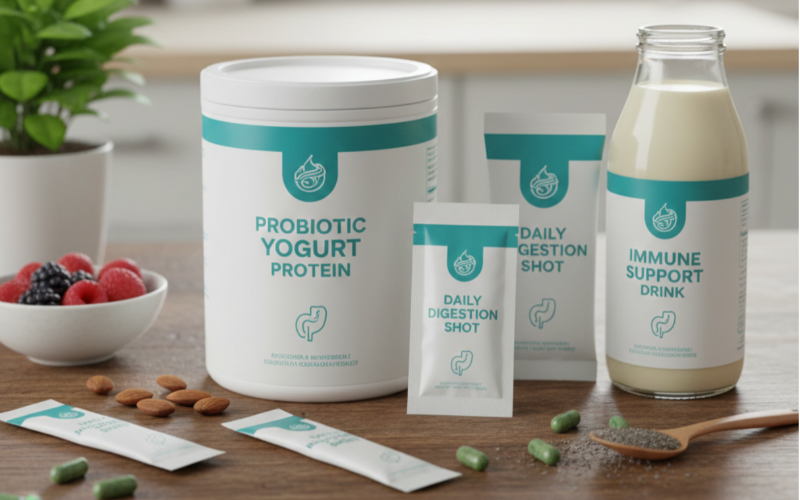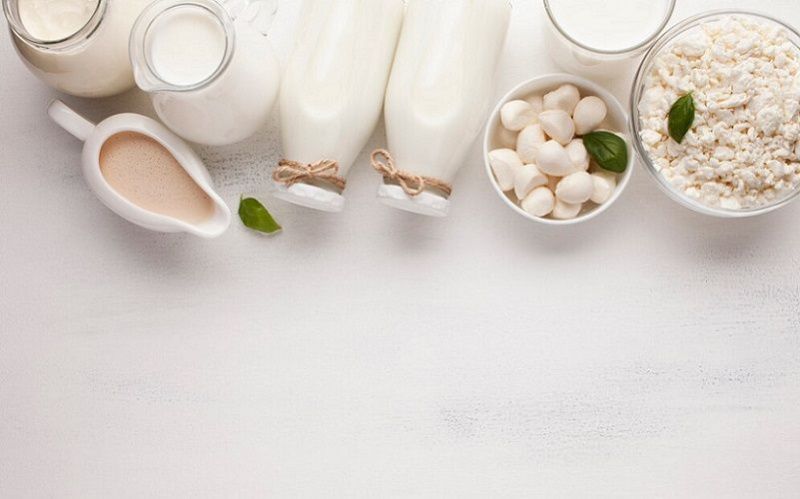West Cork Co-ops Lead in Milk Pricing Amid Challenging Year for Dairy Farmers
Sourse: The DairyNews
In a recent survey conducted by the Irish Creamery Milk Suppliers Association (ICMSA), four West Cork cooperative societies emerged as leaders in milk pricing for 2023. Drinagh, Lisavaird, Bandon, and Barryroe co-ops secured the top four positions respectively in the annual average base milk price ranking.

Northern Ireland's Strathroy Dairy followed closely, with Arrawbawn and North Cork also appearing prominently in the rankings. At the other end, Lakeland, Tipperary, Aurivo, and Tirlan were positioned in the bottom four, highlighting a significant pricing disparity within the industry.
Noel Murphy, Chairperson of the ICMSA Dairy Committee, expressed concern about the substantial price gap, which he described as "worrying." He emphasized that such discrepancies, which exceeded 3 cents per liter, translating to a €13,000 difference for a 400,000-liter production herd, should not persist through 2024.
The report, which calculates the average base milk price with additional bonuses, aims to provide transparency for dairy farmers, often obscured in monthly financial statements. The ICMSA underscores the importance of this clarity in helping farmers navigate the challenging economic landscape of the dairy industry.
2023 was marked by prolonged low milk prices and elevated input costs, significantly tightening cash flow for many farmers. In response, the ICMSA has advocated for co-ops to offer the highest feasible milk prices to alleviate financial pressures on suppliers.
"The unprecedented levels of stress among dairy farmers necessitate some form of financial relief," Murphy stated. He emphasized the co-ops' obligation to increase milk payments as soon as possible and confirmed that the association would continue to advocate for these changes.
Additionally, Murphy highlighted the stark contrast between the 2022 and 2023 milk prices, noting a "freefall" in rates that significantly impacted farmers amidst the high-cost environment.
The report bases its prices on a standard milk composition of 3.3% protein and 3.6% butterfat, with revenue projections tailored to a 400,000-liter supplier. Quality parameters such as SCC, TBC, lactose levels, and thermoduric counts are factored into bonus and penalty calculations, all derived from manufacturing milk specifics.
Noel Murphy, Chairperson of the ICMSA Dairy Committee, expressed concern about the substantial price gap, which he described as "worrying." He emphasized that such discrepancies, which exceeded 3 cents per liter, translating to a €13,000 difference for a 400,000-liter production herd, should not persist through 2024.
The report, which calculates the average base milk price with additional bonuses, aims to provide transparency for dairy farmers, often obscured in monthly financial statements. The ICMSA underscores the importance of this clarity in helping farmers navigate the challenging economic landscape of the dairy industry.
2023 was marked by prolonged low milk prices and elevated input costs, significantly tightening cash flow for many farmers. In response, the ICMSA has advocated for co-ops to offer the highest feasible milk prices to alleviate financial pressures on suppliers.
"The unprecedented levels of stress among dairy farmers necessitate some form of financial relief," Murphy stated. He emphasized the co-ops' obligation to increase milk payments as soon as possible and confirmed that the association would continue to advocate for these changes.
Additionally, Murphy highlighted the stark contrast between the 2022 and 2023 milk prices, noting a "freefall" in rates that significantly impacted farmers amidst the high-cost environment.
The report bases its prices on a standard milk composition of 3.3% protein and 3.6% butterfat, with revenue projections tailored to a 400,000-liter supplier. Quality parameters such as SCC, TBC, lactose levels, and thermoduric counts are factored into bonus and penalty calculations, all derived from manufacturing milk specifics.











